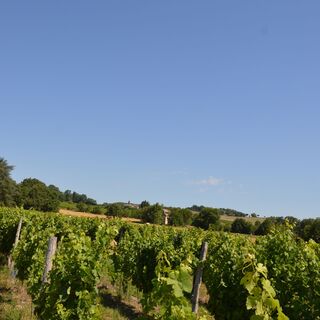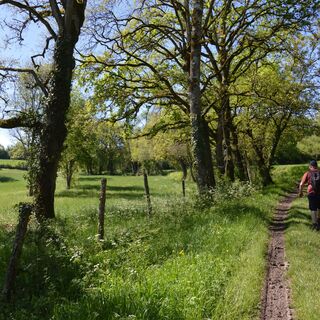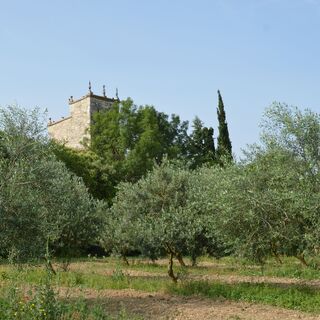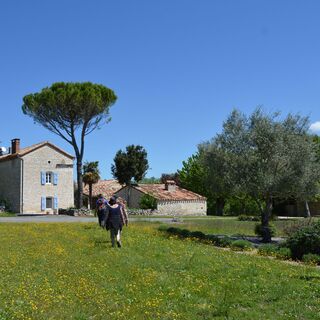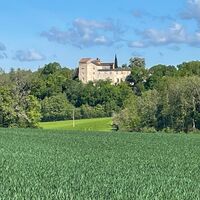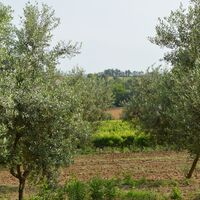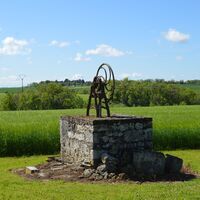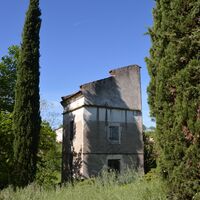Œnorando® From vine to olive tree
Some winegrowers have diversified into olive growing, sometimes even converting to it, simply because they are passionate about it or because the climate is changing for the worse. However, growing olives...
Some winegrowers have diversified into olive growing, sometimes even converting to it, simply because they are passionate about it or because the climate is changing for the worse. However, growing olives is not the same as growing vines. This is a major challenge, because while some wine-growing land may be suitable for olive cultivation, its long-term profitability remains subject to the risk of a water shortage or the severe frost still possible in our region. It's a challenge that a few people have decided to take up, betting on a quality market, the craze for short circuits, little local competition and the revival of a somewhat forgotten method of cultivation.
The combination of trees and vines, known as agroforestry, is an ancient practice that has long shaped Mediterranean landscapes through the trilogy of olive trees, vines and wheat, and is still practised in some parts of Europe, where cherry trees, peach trees, almond trees and truffle oaks are still grown alongside vines. Trees limit climatic excesses, improve the soil and, by bringing water up from the depths to the surface, also improve water resources. They also create biodiversity, helping to combat pests by providing shelter for their natural enemies.
Nearby vineyards:
Domaine Gayrard
Nearby olive grove :
Domaine Rigaud
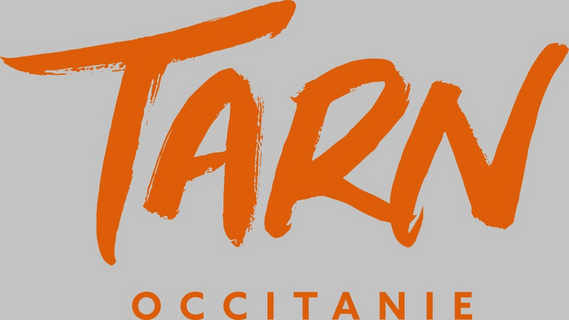
1. Sur le parking du domaine, face au panneau de départ, prendre le chemin qui descend à gauche entre les bâtiments. Passer devant le pigeonnier. Après le bosquet, tourner à gauche et remonter jusqu'à la D107.
2. Bifurquer à gauche, contourner le camping de Camp Redon par la gauche et emprunter la petite route qui monte vers Livers. Au carrefour, tourner à gauche et continuer jusqu'à l'entrée du château de Livers.
3. Avancer tout droit et prendre le chemin qui descend dans une jolie combe. À l'intersection, laisser le chemin de droite et remonter vers la D600.
4. Traverser prudemment. Au hameau de La Borie, tourner à droite dans un petit chemin qui descend dans une seconde combe. À l'intersection suivante, prendre à gauche pour rejoindre la D107. Traverser la route et, à environ 70m, bifurquer à droite en direction des vignes et des oliviers.
5. À droite, accès au domaine oléicole. Le circuit tourne à gauche. Aux oliviers, par un droite-gauche, emprunter le chemin qui rejoint la petite route de Prugnères depuis laquelle on profite d'un beau point de vue. Tourner à droite.
6. Au carrefour, laisser la route à droite et emprunter à gauche le chemin commun avec« La tournée du facteur ». Traverser prudemment la D600 et rejoindre la petite route qui mène à Milhavet.
7. Tourner à gauche, atteindre la D600 et la longer prudemment sur 70m avant de bifurquer sur un chemin à droite. L'emprunter pour revenir au hameau de Capendut et au point de départ.
Beliebte Touren in der Nähe
Verpasse keine Angebote und Inspirationen für deinen nächsten Urlaub
Deine E-Mail-Adresse wurde in den Verteiler eingetragen.





